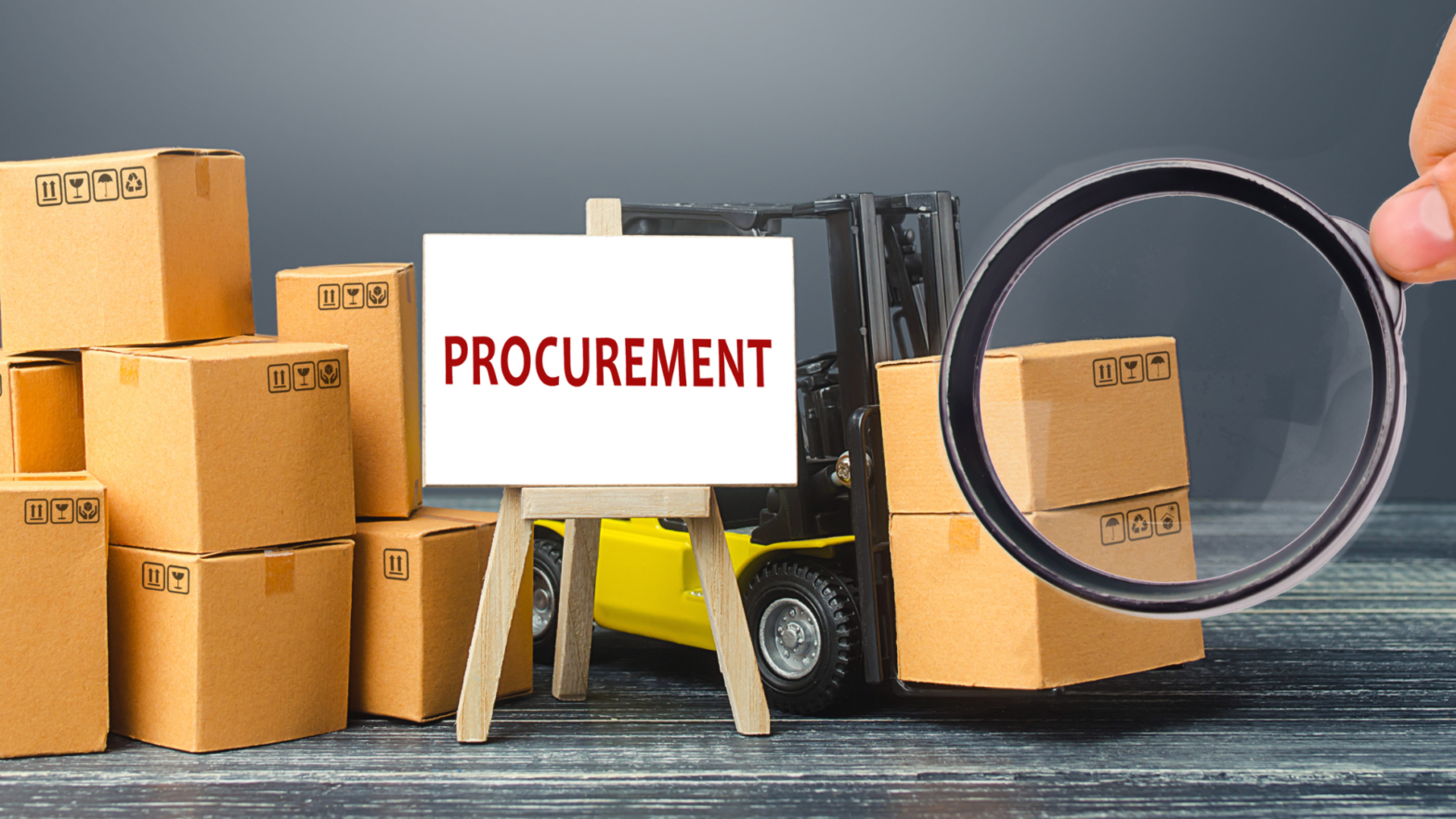Key Takeaways
⇨ Organizations should take a holistic view of sustainability beyond carbon footprint.
⇨ Enterprise sustainability strives to bring scalable processes, strategies, and tactics without compromising the future.
⇨ CFOs are perfectly positioned to enact enterprise sustainability.
Demystifying Sustainability
Sustainability is more than just a buzzword. It is a key element of the ESG (environment, social, and governance) puzzle. Organizations can no longer merely pay it lip service. Today, sustainability efforts must satisfy employees and shareholders, and provide a global positive impact.
Sustainability discussions today often begin and end around the measure of a carbon footprint. But more and more, organizations are taking a holistic view of sustainability. This means extending the concept beyond environmental impact and ensuring the long-term well-being of employees and partners.
Enterprise Sustainability
As a way of taking that holistic view of sustainability, organizations can adopt a philosophy known as “enterprise sustainability,” which strives to bring scalable processes, strategies, and tactics without compromising the future, according to Chris Ortega, CEO of Fresh FP&A.
“When you think of enterprise, you think it has to be super high-level, it’s only the C-suite. Enterprise sustainability shouldn’t just be a concept of just the C-suite. It should be something everybody in the organization contributes to,” said Ortega.
In practice, this becomes a constant balancing of short- and long-term vision, strategy, metrics, and milestones that the business needs to address both collectively and proactively. Organizations can apply enterprise sustainability into the enterprise and functional unit decision making process as a strategic pillar.
CFO Impact
As sustainability emerges as a top priority for boards and shareholders, organizations may be unsure as to who should be responsible for driving sustainability goals. This responsibility often falls to the CFO. Ortega, a “fractional CFO” in addition to being CEO, explains why.
“CFOs are the spoke of the wheel to the business, sales, marketing, operations, and IT. We are that middle piece that can tell stories across the organization. As we can take those different pieces of the business, we build communities inside of those functional areas. That is how we can drive the ESG initiative to where it is not just a marketing initiative, but an enterprise-wide initiative,” said Ortega.
Traditionally, the office of the CFO is viewed as the scorekeepers, quantitative number keepers of the organization. Now, CFOs must consider the future of the organization as it pertains to enterprise sustainability. That requires a different skillset, approach, and value that they need to bring to the business.
That is not a quantitative mindset as they are accustomed to, but rather a qualitative one. CFOs will have quantifiable data for the environmental aspect of enterprise sustainability, but it may not be obvious how to track societal benefits or governance models. To measure societal impact, CFOs can review:
- Diversity of executive team
- Partnering with minority-owned companies
- Diversity of hiring candidate pipeline
To measure governance practices, it can look at:
- How many processes are manual vs. automated
- Net Promoter score
- Quarterly feedback from employees on initiatives
Measuring Success
Business leaders may face challenges maintaining enterprise sustainability initiatives without direct financial incentives. Therefore, it is important that they apply the same rigor to financial goals as they do to sustainability ones. For sustainability initiatives to succeed, they need to have the same reporting, tracking, and monitoring structure as revenue. To that end, CFOs should be able to rely on the same processes and strategies that they are already familiar with to enact enterprise sustainability changes.
“This approach requires taking that same due diligence process as financial metrics, putting in that same rigor, strategy, and processes around enterprise sustainability. It is the same thing. You are just taking a different approach to a different set of outcomes you are trying to drive in the organization. With financial plans, you are trying to drive more revenue, more cash, more value to shareholders. You are taking that same approach, but just to a different subset in a different community,” said Ortega.
CFOs can help organizations bring consistency in progress through speed, agility, and feedback. They have an opportunity to connect the business and enact enterprise sustainability delivering:
- Increased revenue
- Reduced costs
- Increased collaboration
- Identifying opportunities
- Building better partnerships
- Creating better employee experiences
- Building trust & confidence with business partners and communities
Actionable advice
It may appear daunting for business leaders to enact a cultural overhaul of each pillar of enterprise sustainability. Realistically, organizations lack the time and resources to make huge strides improving the environmental, social, governance, and personal aspects of the business all at once.
Leaders would be advised to break initiatives down into a quarterly framework. From there, leaders can target two or three pillars to make an impact.
For each pillar, they can focus on:
- Vision
- Strategy
- Tactics
- Metrics
- Milestones
“Pick two or three initiatives or projects that you want to conquer in a quarter. ESG and enterprise sustainability can seem like an elephant, but the way you tackle an elephant is not head on. You tackle it one foot at a time,” said Ortega.
Frameworks
To achieve enterprise sustainability goals, it can be helpful to adopt a “pivot or persevere” decision making model. After an organization sets their overall strategy for a quarter, they should allow one month of actuals go through.
After a month, they can revisit the strategy and look at the results. At that point, they decide to either pivot the strategy or persevere down the same path for at least the rest of the quarter. That strategy considers that no forecast will ever be 100 percent accurate, incorporating agility into the framework.
Though it may seem intuitive that organizations need to “pivot or persevere,” the decision is not always straightforward. Businesses should rely on the empathetic data decision making model Ortega calls it the “Decision Cycle”:
- People drive processes
- Processes then create data
- Data is then turned into information.
- Information is shared through knowledge
- That knowledge is used to make a business decision
This process provides a more complete and comprehensive view of the business and the multitude of factors that should be taken into consideration when making decisions about enterprise sustainability and ESG goals.
The JEDI Initiative
The social aspect of enterprise sustainability relies on collecting a broad and diverse group of stakeholders. This ensures that people from all backgrounds can share their perspectives on how to best move the organization forward.
Ortega shared an acronym that can help organizations keep key social initiatives in mind: JEDI.
- Justice
- Equity
- Diversity
- Inclusion
Businesses have a multitude of options when implementing JEDI initiatives. Incorporating these themes into hiring practices not only aids in meeting ESG goals but can provide financial benefits. A more diverse workforce provides new ideas that can imbue significant benefits into business operations.
“You see a lot of great organizations that are investing in HBCUs, they’re hiring disadvantaged communities, they’re increasing their awareness around social economic cause. They’re investing time, energy, effort, capital, and resources into making a community impact.” said Ortega.
Leveraging SAP
SAP technology provides unique options to unite different facets of a business, which can help drive enterprise sustainability goals. In particular, SAP Business Technology platform provides capabilities beyond just being the financial engine of an organization.
“BTP is focused on connecting all enterprise functions. It provides that financial planning and analysis viewpoint. From a technology solution perspective, it’s comprehensive and it touches so many different points of the organization,” said Ortega.
SAP BTP can help break down silos in decision-making, bringing collaboration and clarity into an organization. Ensuring that all teams are working together and have visibility into enterprise-wide goals makes a significant difference in what an organization can accomplish.
“If you want to move fast, move alone. If you want to move further, move together. That is where collaboration brings everybody into the conversation. It brings diversity, it brings different viewpoints, and it also gets that buy-in from people to connect the dots throughout the entire journey. Organizations see what people are responsible for, and they can see how that drives impact and results across the organization,” said Ortega.
Looking Beyond Technology
Technology is a key piece of enterprise sustainability, but it is not a replacement for human contribution. When personal and technological are properly deployed, ESG and enterprise sustainability goals can be met with alacrity.
“Technology is a scaling pillar. It is meant to scale on top of your foundation that every successful finance organization needs to have – your people, your processes, and your partnerships. Make sure you have the right people in the right seat, doing the right high value work with the right value proposition that they are bringing to the organization to make an impact,” said Ortega
No single person or department can enact steps towards enterprise sustainability on their own. Enterprise sustainability requires building community within an organization as well as the teams within the organization. Once organizations adopt their decision making models, they are able to add technology as the final touch to meet their goals.
“Once you build that framework, once you have that ecosystem and those pillars built, you can bring in technology to scale decision making. It’s not about who owns the decision, everybody has buy-in and a way to see how their piece of the puzzle fits. That is where you scale technology,” said Ortega.
Conclusion
Sustainability and the larger ESG picture are of growing importance for many organizations across the globe. It is crucial that companies be better stewards of the environment and open up diversity in hiring initiatives. This is key to enterprise sustainability.
Organizations should install frameworks to achieve these larger objectives, factoring in enterprise sustainability concerns into the overall decision-making process. These objectives should be evaluated on a quarterly basis to keep goals manageable, and to remain agile.
While it is important to outline KPIs to determine the effectiveness of these policies, meeting those metrics shouldn’t be the end of their efforts.
“Enterprise sustainability is not a moment in time. You are not going to be able to say, ‘we’ve achieved enterprise sustainability.’ It is not a destination. It’s going to be a journey that you’re going to take the organization through,” said Ortega.
To learn more about Fresh FP&A visit www.freshfpa.com
Follow Fresh FP&A on Twitter https://twitter.com/freshfpa
Make sure to Follow Chris on Linked at https://www.linkedin.com/in/freshcfo/


